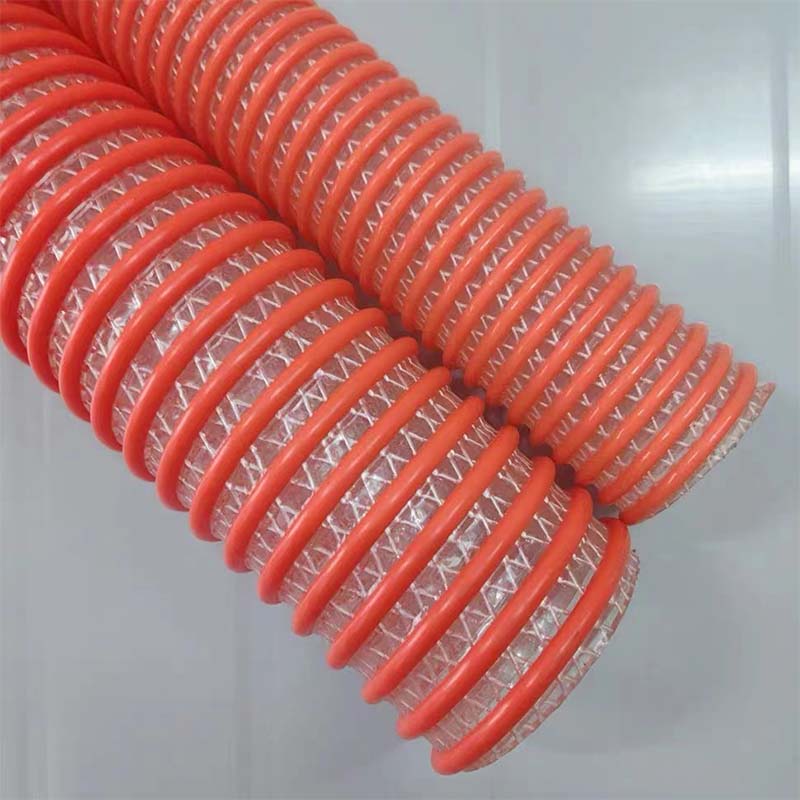lpg gas hose maximum length
Understanding the Maximum Length of LPG Gas Hose Safety and Practical Considerations
Liquefied Petroleum Gas (LPG) is a versatile and widely used fuel source for various applications, including heating, cooking, and even powering vehicles. When using LPG, the safety and efficiency of its transport from the gas source to the appliance are paramount. One crucial aspect of this transport process is the length of the gas hose used. Understanding the regulations and recommendations surrounding the maximum length of LPG gas hoses is essential for both safety and operational efficiency.
The Importance of Hose Length
LPG gas hoses are designed to transport gas under pressure from cylinders or tanks to appliances that utilize the gas. The length of the hose can significantly impact the delivery pressure and flow rate of the gas. When the hose is too long, it can result in a pressure drop, which may affect the performance of the appliance. This is especially critical in applications requiring precise flame control, such as cooking or gas heating.
Additionally, longer hoses can be more challenging to manage. They may become tangled or snagged, leading to potential wear and tear or even accidental disconnections. Therefore, understanding the optimal length for LPG gas hoses is vital.
Regulations and Guidelines
Most countries have specific regulations regarding the maximum length of LPG hoses to ensure safety and efficiency. For instance, the National Fire Protection Association (NFPA) in the United States provides guidelines that include recommendations on hose lengths based on the intended use and installation conditions. While these regulations can vary, typical maximum lengths for LPG hoses often range from 10 to 20 feet (approximately 3 to 6 meters), depending on the diameter of the hose and the pressure of the system.
In general, for portable appliances, a hose length of about 10 feet is recommended. This length provides an adequate reach while minimizing the risk of pressure loss. For stationary installations, longer hoses may be permissible, but it is crucial to use hoses that are appropriately rated for the application and to ensure they are installed correctly.
Factors Influencing Hose Length
Several factors influence the maximum allowable length of LPG hoses, including
1. Hose Diameter The diameter of the hose plays a significant role in the flow rate and pressure drop. A larger diameter hose can allow for a longer length without significant pressure loss, while a smaller diameter may necessitate a shorter hose.
lpg gas hose maximum length

2. Pressure Rating The working pressure rating of the hose must also be considered. Higher pressure ratings can typically accommodate longer hoses, but this must be balanced with the specific requirements of the appliance being fed.
3. Type of Appliance Different appliances have varying requirements for gas pressures and flow rates. It is essential to refer to the manufacturer's guidelines for the appliance to determine the suitable hose length.
4. Environmental Considerations Outdoor hoses may be affected by weather conditions, and using an excessively long hose can lead to deterioration or damage from environmental factors. Protection from UV light and exposure to extreme temperatures is crucial for maintaining hose integrity.
Best Practices for Hose Installation
To ensure the safe and effective use of LPG gas hoses, consider the following best practices
- Use Quality Hoses Always choose hoses that meet or exceed the applicable safety standards. Look for certifications from reputable organizations.
- Regular Inspections Check hoses regularly for signs of wear, leaks, or damage. Replace them immediately if any issues are found.
- Avoid Kinks and Twists Ensure hoses are laid out straight and do not have kinks, as this can restrict gas flow and increase pressure drops.
- Follow Manufacturer Recommendations Adhere to the specifications provided by the appliance manufacturer regarding hose length and installation.
Conclusion
Understanding the maximum length of LPG gas hoses is crucial for ensuring safety and efficiency in gas usage. By adhering to industry regulations and considering factors such as hose diameter, pressure ratings, and appliance requirements, users can optimize their setup for both performance and safety. Remember that proper installation and ongoing maintenance play significant roles in the safe handling of LPG and its transport through hoses.
-
Top Quality Oxy Acetylene Hoses for Sale Fit for Welding DemandsNewsJul.28,2025
-
The Future of Pneumatic Air Tubes in IndustryNewsJul.28,2025
-
Superior and Reliable LPG Hose Pipe Solutions for Every NeedNewsJul.28,2025
-
Exceptionally Durable and Versatile Premium Braided PVC TubingNewsJul.28,2025
-
Best Adapters for Connecting Garden Hose to PVC Pipe ConnectionsNewsJul.28,2025
-
The Essential Role of LPG Hoses in Safe and Efficient Gas DistributionNewsJul.16,2025














